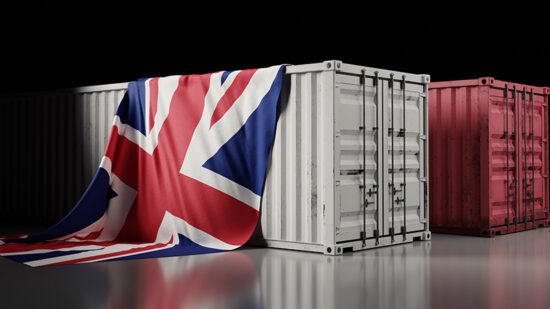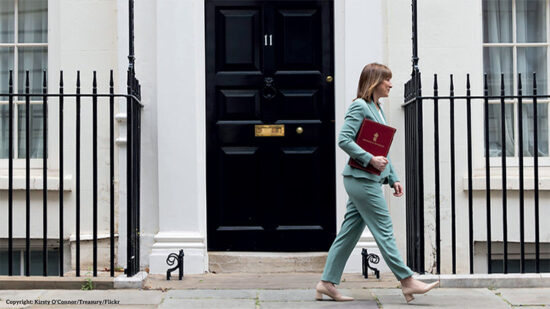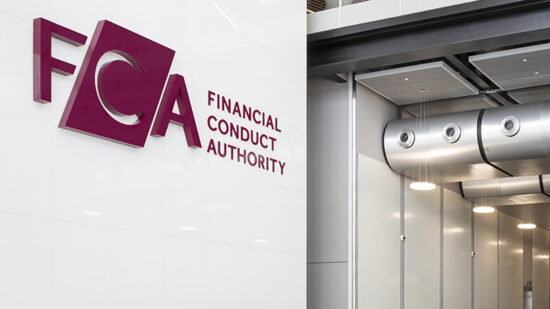Julian, what are your priority markets?
The priority lies on those countries where we have a large presence dueto our history. Northern Europe accounts for more than half of the assets of our external distribution business, and within northern Europe, the Netherlands is our single biggest market worldwide. Other major markets are France and Italy.
BNP Paribas Investment Partners also has distribution businesses in Asia and Latin America. Our organisation has recently been reshaped into three client-oriented business lines: distribution, institutional and APAC & emerging.
The distribution business line focuses very much on Europe, on products that are managed out of Europe and sold to distributors in Europe. That’s the business line that’s headed by Christian Dargnat, who is also the current president of the European Fund and Asset Management Association (EFAMA). For external distribution, we are split into Northern Europe, Southern Europe and Central Europe. Out of the three, Northern Europe is by far the biggest in terms of assets.
Can you tell me more about your own background and your current job role?
In my current role I’m responsible for all the sales teams in seven countries across the Northern European region, which we define as the Benelux, UK and the Nordics.
I started my career in the Netherlands working for ABN Amro Asset Management as a corporate trainee for their international division, subsequently working for several years in Jersey for its private banking arm as a senior relationship manager. After that, I moved back to ABN Amro in the Netherlands, when I became responsible for discretionary portfolio management.
That was the late ‘90s, and in early 2000, I moved to Luxembourg where my role expanded. I became responsible for discretionary portfolio management at various points in time covering our discretionary offering in Luxembourg, Switzerland, Belgium, UK, Monaco, Miami, Curacao, Singapore and HongKong.
When ABN Amro got caught up in the takeover by RBS, Santander and Fortis, ABN Amro Asset Management ended up with Fortis. ABN Amro Asset Management was the only part that was integrated into Fortis, because the merger of the two asset managers was fast-tracked, and by the time the whole takeover blew up and ABN Amro was nationalised, ABN Amro Asset Management no longer existed.
I remained based in Luxembourg, and I was responsible for all our sales efforts with the ABN Amro and Fortis Investments networks globally. Then Fortis was taken over by BNP Paribas. For a short period of time, I did the same role for the networks during the BNP Paribas period, but from around early 2011 I became responsible for external distribution in Northern Europe.
How is the BNP Paribas Investment Partners’ product strategy shaping up in 2014?
For RDR purposes we have clean share classes available in the UK. In the Netherlands, for Dutch domiciled funds, the market decided to simply cut the management fees of the existing fund by 50%, so all the existing clients are in there and all the new clients can buy into it as well.
With our product strategy, we are in the midst of a re-vamp of our flagship range, which is called Parvest. Parvest has been around for a long time because of all the mergers we have gone through with ABN Amro and Fortis, we have now streamlined the offering to 106 sub funds. It’s one of the biggest offshore ranges with €35bn in assets domiciled in Luxembourg, and it’s registered in more than 30 countries, including Hong Kong and Singapore.
How do fund assets by distribution channel differ across Europe?
The fund distribution differs across countries dramatically. In the Netherlands and some other countries, the big banks cover up to 90% of distribution. In the UK, it’s very much an IFA market. In countries such as France, insurance plays a very important role. So it’s very different, and it does have an impact on exactly how you sell and what you can sell.
I would argue that overall, the market is professionalising everywhere across the board. You can see that in the UK and the Netherlands changes are happening at a rapid pace, triggered by the whole RDR discussion and the ban on retrocession in the Netherlands.
Can you give the status of countries other than the Netherlands and the UK in terms of their evolution towards RDR-style regulation, starting with Italy?
Italy was the first mover in Europe with regards to a limited ban on retrocessions within discretionary portfolio management, and the impact on this business was phenomenal.
Everyone was scrambling to redefine their model, discretionary portfolio management suffered significantly, and it took many years for it to get back to its previous levels.
A retrocession is when a fund house pays an amount of money based on assets under management to the distributor that is actually using those funds to sell or place in client portfolios. So the distributor is the middle man in this case.
What about Belgium, Sweden and Norway?
Whereas the Netherlands and the UK have for many years had an open architecture approach, in Belgium that’s not necessarily the case, particularly for retail banking. Belgium is also a country where big banks dominate the fund distribution landscape. The Belgium regulator has said that in principle, they favour a ban on retrocession, but that they would first await the outcome of the European Union discussions, and that’s where they have left it.
In Sweden, there is a real desire for information and I have done joint presentations with the Swedish Fund Association on this subject. The government is investigating the need for consumer protection in the financial space. If I understand correctly, the jury is still out on this, but you could probably safely say that countries in the Nordics may well wish to go further than others when it comes to transparency.
A good example is Norway, where they have already gone totally transparent on areas like socially responsible investment and excluding companies from investment universes.
… and Switzerland and France?
In Switzerland, there has already been a move via the courts, where in a certain case a client complained about his bank claiming retrocessions on funds that this client had in his discretionary portfolio. The client didn’t know that, and the court actually ruled in favour of the client, saying that the bank should hand the money back to the client, and in future to make it very clear that they are claiming these retrocessions and keeping them. We’ll have to see what this will mean in practice.
In France, regulators are also waiting for the EU, but technically they understand that transparency is very important. They may well, just like in other countries, come to the conclusion that there should be a split between restricted advice, where you can claim rebates and independent advice where you can’t.
Give me an idea of the individual product areas that are making headway.
We are very proud of our European equity capability, which has €13bn all managed in London. Our flagship offering within Parvest is very big as well, comfortably more than €2bn. European equities are continuing their momentum, and we see more and more people showing interest for various reasons.
We also have a presence in seventeen countries in the Asia-Pacific and emerging region and we manage money in many of those countries, locally. Our belief is that you need to have a presence on the ground. That’s why our Russian equities are managed in St Petersburg, our Turkish equities in Istanbul, our Indonesian equities in Jakarta, and our South Korean equities in Seoul. We have teams on the ground managing all that, either directly or via our joint ventures that we have in place, and we’ve been very successful. For example, we have the largest Russia equity fund out there, with about $1.3bn and a great track record.
We understand that in the UK, the name BNP Paribas Investment Partners may not be on the tip of everyone’s tongue as an asset manager, but we’re the sixth biggest asset manager in Europe, with well in excess of €470bn, and we have a solid offering. We are one of the biggest players in the small and mid-cap equity space.
We have a Parvest US mid cap fund which has more than $1.5bn invested, via Parvest, where we don’t hesitate to use external managers who are then the delegated manager if we don’t have internal capabilities.
We have appointed FairPointe, a boutique investment house in the US to manage this fund, and similarly Japanese small caps, which has been a phenomenal success, is managed out of Tokyo by Sumitomo Mitsui Asset Management. On the other hand, US small caps we do ourselves out of Boston.
When we talk about product offering, we try to focus on our core capabilities, for example European equities, and then on the smaller, more exotic asset classes such as Russia equity, small cap convertibles, and US mid-caps.
On top of that, we are also very much focusing on products that suit a certain need at a certain point in time, and a very good example there is the fact that everyone is concerned that interest rates will rise at some stage.
There’s a search for yield, which is not easily available, so what we have on offer is very good capability in the Nordic high yield market, where our products and that asset class is able to currently deliver yields of more than 8% with a duration of less than one year, in Norwegian krone.
It’s a very specific market, but the good news is that, yes, we have people on the ground in Oslo managing that. We’ve sold this cross-continentally in Europe, starting also in the UK, and we’ve even got distributors in Japan and pension funds in Chile, buying into this capability.
So we have a lot out there available for clients, and we try to focus very much on what clients are looking at, at a certain point in time, in addition to the funds that everyone needs at every single moment.








